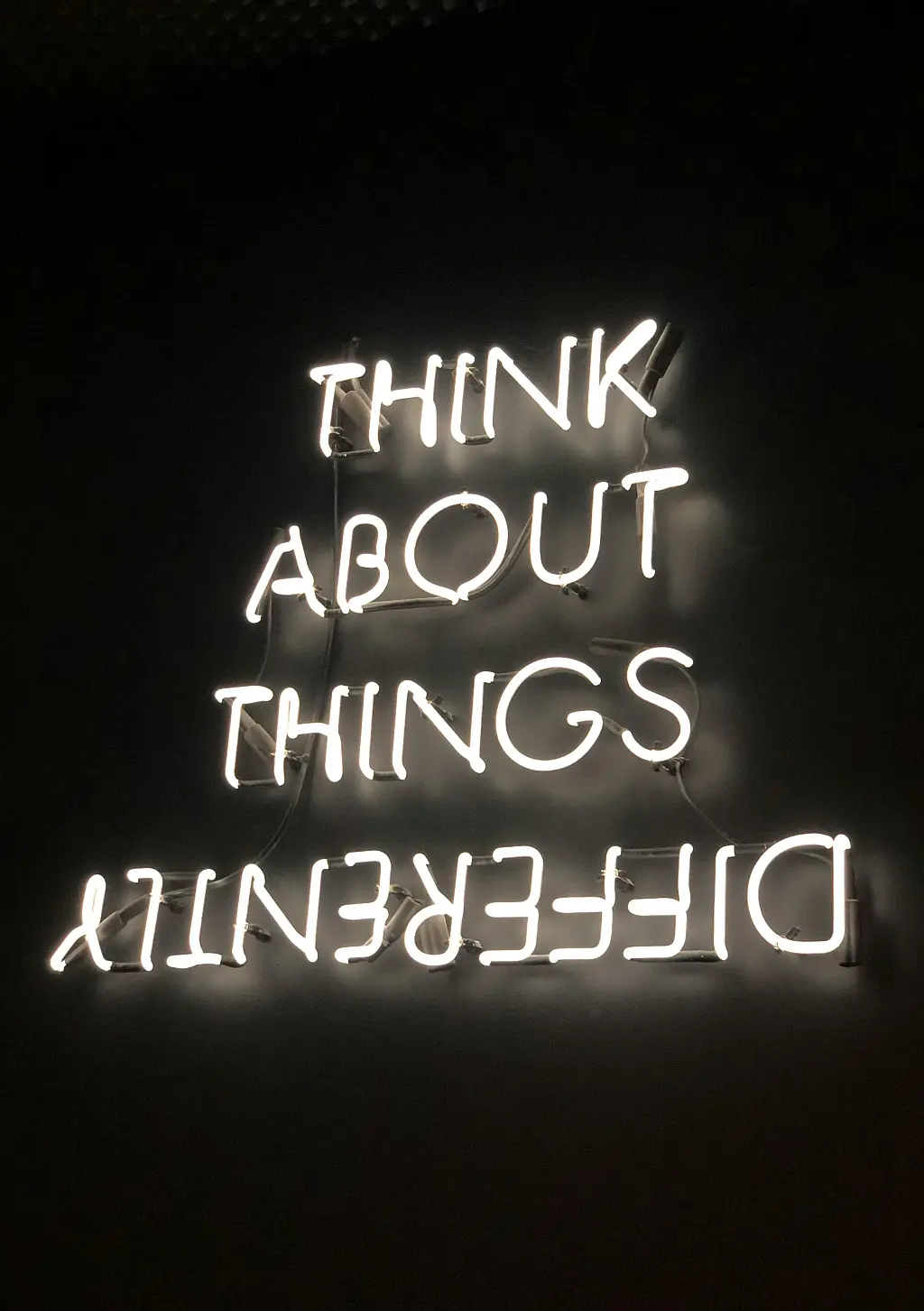
01 March 2018
Bad Banks (2018-2020)
Bad Banks (2018-2020): Ambition, Power and Moral Hazard in European High Finance
Bad Banks is a German-Luxembourgian television drama that explores the cutthroat world of international finance through the eyes of ambitious young banker Jana Liekam. Set against the backdrop of Frankfurt, Luxembourg and Berlin, the series follows Jana as she navigates corporate politics, ethical compromises and personal betrayals after being recruited by a powerful investment bank. Taut, stylish and sharply observed, Bad Banks combines procedural elements with character-driven storytelling to illuminate how institutional incentives and personal ambition collide in modern banking.
Characters and Performance
At the center of the series is Jana Liekam, portrayed with steely intensity by Paula Beer. Her character’s journey from promising analyst to a woman confronting the moral costs of career advancement anchors the show. Supporting performances, notably from actors playing her mentors, rivals and family members, create a compact ensemble that conveys both the glamour and the threat of the financial world. The series balances intimate character moments with scenes of high-stakes dealmaking, allowing the cast to reveal the human consequences behind balance sheets and market moves.
Writing, Themes and Tone
Bad Banks is written to emphasize systemic pressures rather than painting individual characters as purely good or evil. The scripts interrogate themes such as institutional corruption, gender dynamics in male-dominated industries, the psychological toll of relentless competition and the opacity of financial instruments and deals. The tone is noir-ish and restrained, favoring implication and moral ambiguity over melodrama. Dialogue often serves to expose power dynamics, and the pacing mirrors the escalating tension of risky transactions and internal investigations.
Visual Style and Direction
The series adopts a polished, cool visual style that matches the aesthetic of corporate finance: glass, steel and muted color palettes dominate. Direction frequently uses tight framings and quiet montages to build suspense, contrasting the glamour of executive environments with the claustrophobia of personal crises. Location work in European financial centers adds authenticity, and the production values support a sense of realism that grounds the narrative’s more dramatic turns.
Reception and Impact
Critics praised Bad Banks for its intelligent scripting, strong central performance and convincing depiction of financial machinations. The show attracted viewers interested in smart dramas about power and institutional dynamics, and it generated discussion beyond entertainment circles about ethics in banking and the human cost of profit-driven systems. While some viewers wished for more exposition about the technicalities of finance, most appreciated the show’s focus on character and consequence.
Series Structure and Evolution
Bad Banks debuted as a tightly plotted season and continued to evolve across its run, deepening its exploration of institutional malfeasance and the ripple effects on personal lives. Each season built upon prior revelations, raising stakes for Jana and expanding the scope of the conspiracy and conflicts she faces. The storytelling remained committed to moral complexity, avoiding neat resolutions and instead presenting the compromises and choices that define careers in high finance.
Conclusion
Bad Banks stands out as a sophisticated financial thriller that foregrounds character and ethics over pure plot mechanics. Its blend of performance, production design and thematic focus creates a compelling portrait of modern banking’s pressures. For viewers drawn to dramas about power, ambition and the costs of professional success, Bad Banks offers a thoughtful and stylish experience.


